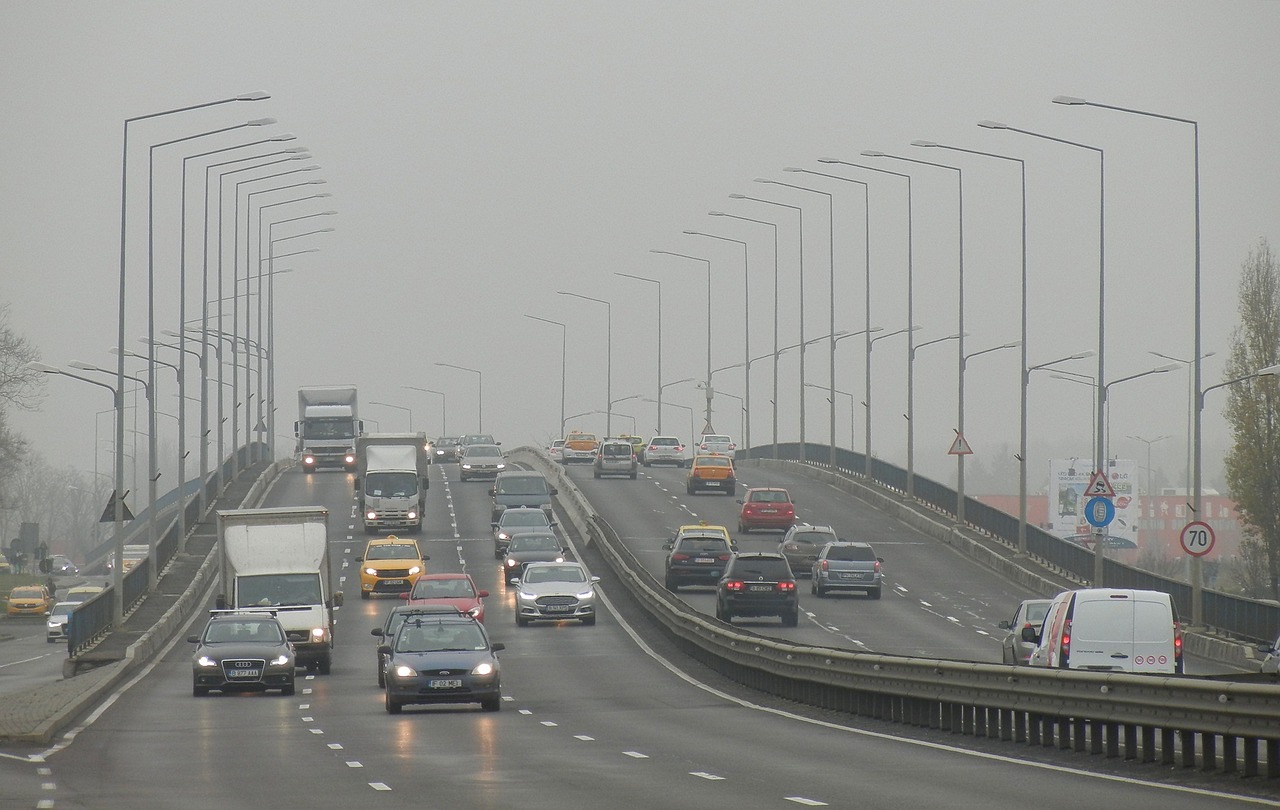
Pre-reading questions:
I will read each question. Then, please answer them.
- What do you think winter smog might refer to?
- How do you think winter smog might affect a city or region when it’s colder?
Vocabulary:
I will read the words, meanings, and sample sentences. Then, repeat after me.
- emerge /ih-MURJ/
- construction /kuhn-STRUHK-shuhn/
- capture /KAP-cher /
- authority /uh-THAWR-i-tee/
- annually /AN-yoo-uh-lee/
[verb] – to appear by coming out of something or out from behind something
After hours of negotiations, a solution to the problem finally emerged.
[noun] – the work of building or making something, especially buildings, bridges, etc.:
The construction of the new bridge is expected to be completed by next year.
[verb] – to record or take a picture of something using a camera
The photographer aimed to capture the beauty of the sunrise in her pictures.
[noun] – a group of people with official responsibility for a particular area of activity
The local authorities are responsible for maintaining public order and safety.
[adverb] – once every year
The festival is celebrated annually, drawing visitors from around the world.
Article reading:
Please read the whole article. Then, I will check your pronunciation and intonation.
In Dhaka, the capital of Bangladesh, and New Delhi, the capital of India, a concerning issue has emerged as thick smog envelops the cities. The air quality in Dhaka, a highly populated city with more than 20 million residents, has reached hazardous levels due to intensified construction activities and excessive use of fossil fuels. This has resulted in health problems, including asthma, fever, and allergies, affecting individuals like Rafiq Mondal, a traditional two-wheeled rickshaw operator. Drones equipped with cameras have captured the severity of the smog, ranking Dhaka as the most polluted city globally at one point, with an air quality index reaching a hazardous level of 325. While city authorities are spraying water to settle the dust, residents are advocating for more substantial measures to combat the pollution. The World Bank has urged Bangladesh to collaborate with its South Asian neighbors to address air pollution, which contributes to approximately a fifth of the country’s premature deaths annually.
Similarly, in New Delhi, the capital of India, pollution levels are alarmingly high, registering an air quality index reading of 378, classified as “very poor.” The smog has disrupted transportation, causing delays in over 100 flights and affecting rail services. Both cities grapple with a severe air pollution problem, emphasizing the necessity for coordinated efforts to enhance air quality and mitigate the adverse impact on public health.
Similarly, in New Delhi, the capital of India, pollution levels are alarmingly high, registering an air quality index reading of 378, classified as “very poor.” The smog has disrupted transportation, causing delays in over 100 flights and affecting rail services. Both cities grapple with a severe air pollution problem, emphasizing the necessity for coordinated efforts to enhance air quality and mitigate the adverse impact on public health.
Comprehension questions
I will read each question. Then, please answer them based on the article.
- What has emerged as a concerning issue in Dhaka and New Delhi?
- Why has the air quality in Dhaka reached hazardous levels?
- Who is affected by the health problems mentioned in the article, such as asthma and allergies?
- How did drones contribute to understanding the severity of the smog in Dhaka?
- What are the city authorities doing to address the pollution in Dhaka?
Discussion questions
I will read each question. Then, please answer them.
- Have you or someone you know ever experienced the impact of air pollution? If yes, what was the situation like, and how did it affect your or their health? If not, do you think you would be concerned about it based on the information in the article? Why or why not?
- Do you believe that collaborative efforts between countries, as suggested by the World Bank in the article, are essential to effectively addressing air pollution? If yes, why do you think international collaboration is crucial? If not, what alternative solutions do you propose for mitigating the adverse effects of air pollution on a global scale?
- Do you think air pollution is a serious issue based on the information provided in the article?
- Considering the disruptions in transportation mentioned in the article, how might severe air pollution impact the overall well-being of a city’s residents beyond just health concerns?
- In the article, it’s mentioned that city authorities are spraying water to settle the dust as a measure to combat pollution. What are the potential drawbacks or limitations of this method, and can you suggest alternative, more effective strategies to address air pollution in densely populated urban areas?